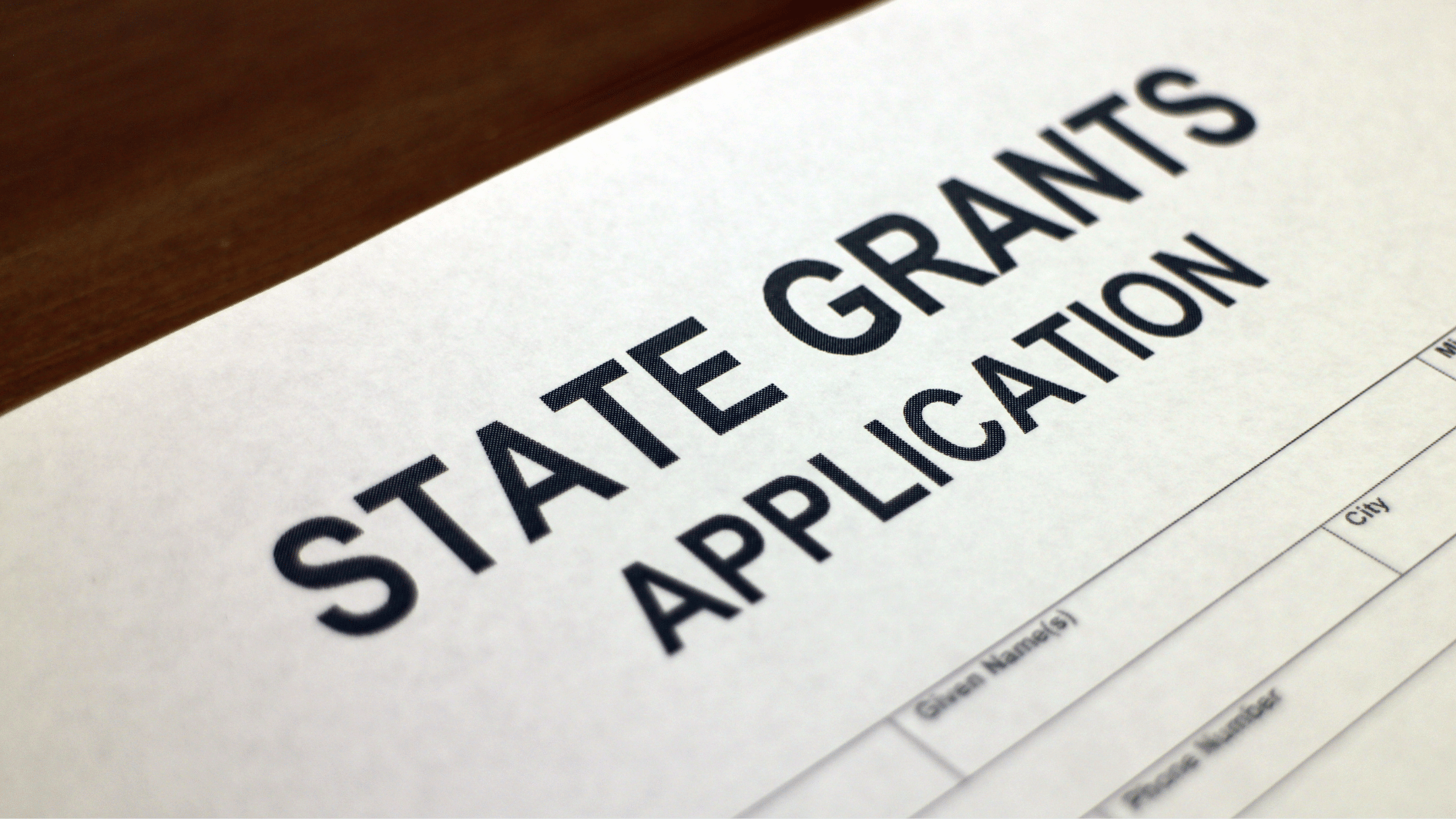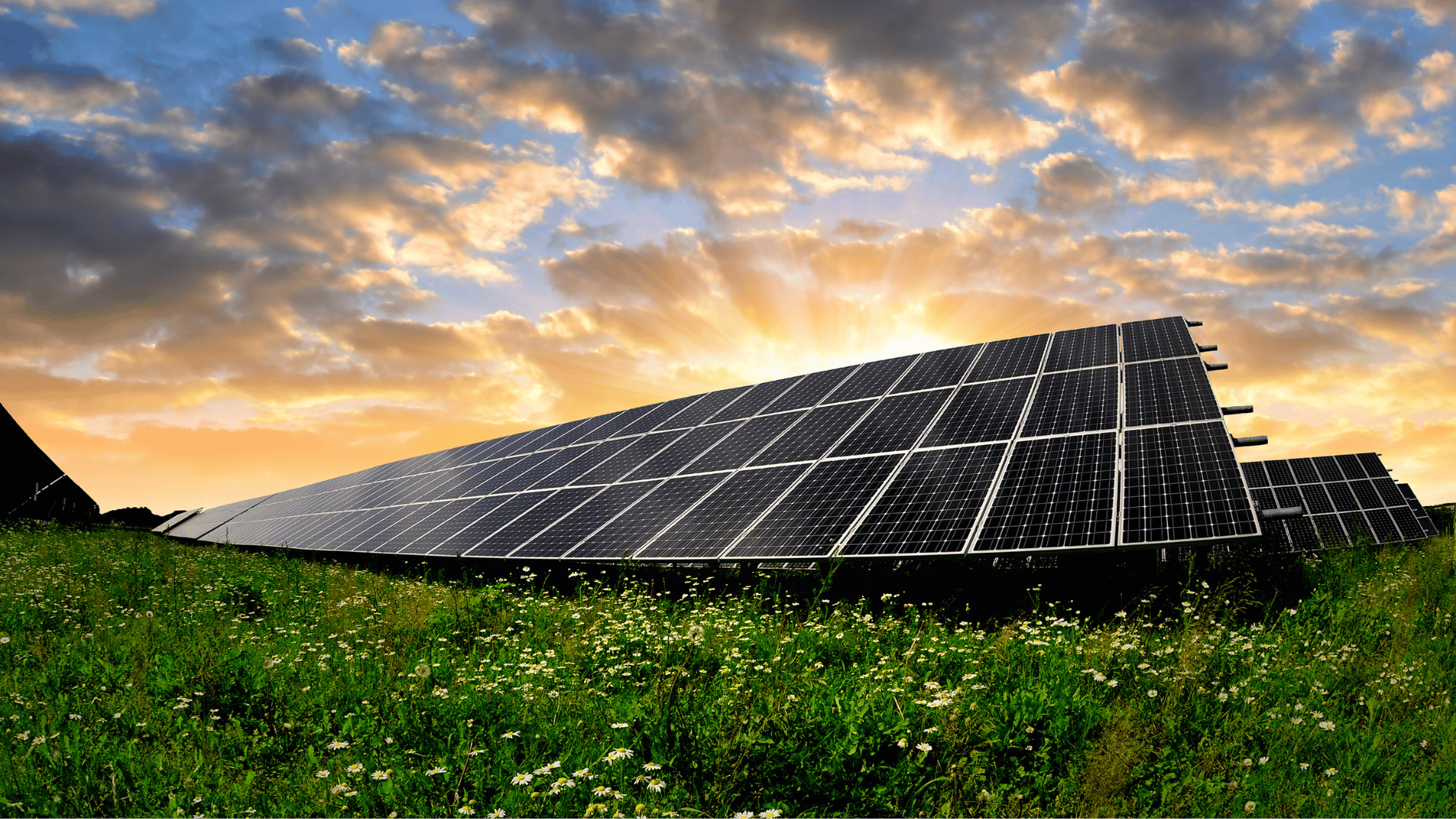Image source: Canva.com
In the Biden administration’s latest move to speed up the federal solar permitting process, the Bureau of Land Management (BLM) will make over 31 million acres of public lands across eleven western states available for solar development.
BLM announced a roadmap meant to support expanded solar energy production by making renewable energy siting and permitting on public lands more efficient. The White House said this action will ease burdens on solar developers and help expedite reviews of solar projects by steering them to areas with high solar potential and low wildlife and land conflicts.
“For over 12 years SEIA has advocated for leveling the playing field for renewables and increasing public land access for solar and storage development,” said Ben Norris, vice president of regulatory affairs at the Solar Energy Industries Association (SEIA). “While we’re still reviewing the details, we’re pleased to see that BLM listened to much of the solar industry’s feedback and added 11 million acres to its original proposal. While this is a step in the right direction, fossil fuels have access to over 80 million acres of public land, 2.5 times the amount of public land available for solar.”
The Biden administration claims it has cut 6 months off the median time it takes for agencies to complete environmental impact statements, the most comprehensive form of environmental review.
According to forecasts from Wood Mackenzie, the solar industry could reach 673 GW by 2034, but there is a 200 GW difference between the high- and low-case solar deployment forecasts.
Earlier this year, nearly 200 solar and storage companies sent a letter to Congress calling for legislation to reform permitting, project siting, transmission and public lands access for solar and solar + storage projects.
In April, the White House Council on Environmental Quality (CEQ) finalized a rule to reform, simplify, and modernize the federal environmental review process under the National Environmental Policy Act (NEPA). The new rule builds on more than $1 billion from President Biden’s Inflation Reduction Act to expedite federal agency permitting, the President’s Permitting Action Plan, and other permitting reforms occurring across the Administration to help accelerate environmental reviews. Together, these reforms are meant to help accelerate permitting for everything from wildfire management and electric vehicle charging infrastructure to high-speed internet and semiconductor manufacturing.
CEQ’s Bipartisan Permitting Reform Implementation Rule fully implements new permitting efficiencies secured in the Fiscal Responsibility Act of 2023, including setting deadlines for agencies to complete environmental reviews, requiring a lead agency and setting specific expectations for lead and cooperating agencies, and creating a unified and coordinated federal review process.
In addition to implementing the Fiscal Responsibility Act, the rule provides agencies with new tools meant to improve the efficiency and effectiveness of environmental reviews. In one case, the rule creates new ways for federal agencies to establish categorical exclusions, the fastest form of environmental review. The rule is also meant to help accelerate reviews for projects that agencies can evaluate on a broad, programmatic scale, or that incorporate measures to mitigate adverse effects.
Source: Renewable Energy World





